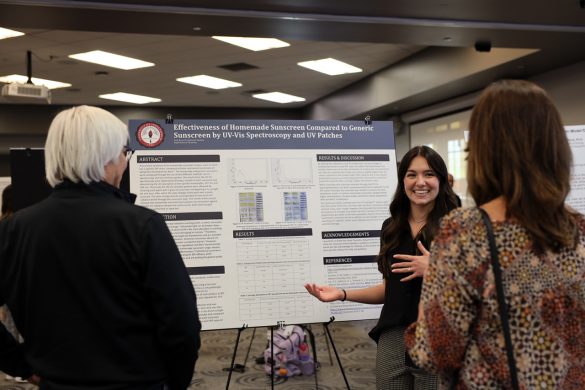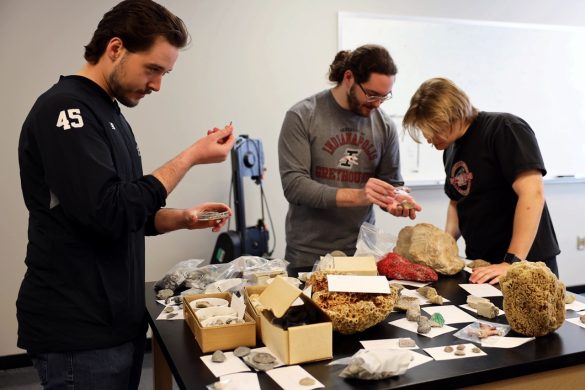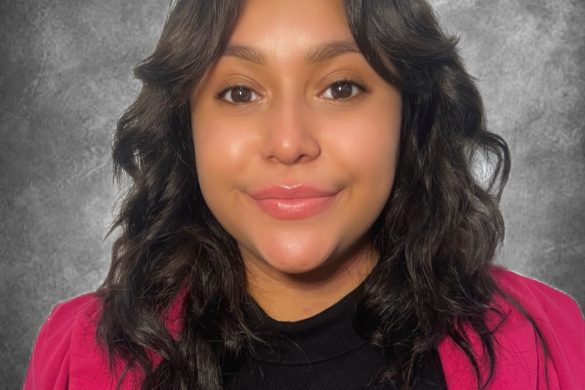There are various misconceptions about powerlifting and bodybuilding according to former powerlifter and University of Indianapolis Strength and Conditioning Coach Steve Barrick. According to bodybuilding.com, the difference between bodybuilding and powerlifting is that bodybuilders need to look like they can lift a lot of weight while powerlifting is all about lifting a lot of weight. More of these powerlifters and bodybuilders are starting to come about at the UIndy.
Senior sports management major Andrew Donati competes in powerlifting competitions and knows all about planning that goes into training and competing. He got into powerlifting after sustaining four concussions in high school sports and he has been in love with competing in powerlifting events since his dad recommended it to him. According to Donati, he spends two to three hours in the gym everyday and competes in three competitions a year. On top of lifting, Donati said he spends a lot of time focusing on nutrition.
“I go with meal prep companies because I don’t always have time to cook and I also work 30 hours a week,” Donati said. “I usually eat about five to six times a day, every two hours but since I’m in the offseason my calorie intake is around 3,000 calories a day.”
According to Donati, he also drinks about two gallons of water a day. Barrick said this level of preparation is what it takes to be successful in the sport.
“I don’t think people understand how much thought, how much planning, how much really goes into the set up of how you’re going to train…” Barrick said. “If you really want to become a great powerlifter or bodybuilder it becomes your lifestyle.”
Junior mechanical engineering major Dalton Lowry is a part of the culture as a bodybuilder. Lowry said he has wanted to get into bodybuilding since his senior year of high school, but sports like football got in the way of that. After leaving another university and their football program to come to UIndy, he said he is strictly focused on bodybuilding. Lowry said his training regimen is lifting five to six times a week, focusing on a new muscle group each day. He is also very particular about his nutrition.
“Currently, I’m bulking so it’s around 4,000 calories. I’m trying to eat a lot of carbs and a lot of protein and then when I’m dieting down it’s going to be primarily high amounts of protein so I don’t lose a lot of muscle mass while dieting,” Lowry said.
The nutrition aspect is one of the biggest differences between powerlifting and bodybuilding according to Barrick.
“When it comes to bodybuilding your diet has to be really on point because you’re really working to get your body fat percentage down to a certain level,” Barrick said. “With powerlifting, you can be a little bit more free with your diet.”
Barrick said that another stark difference between the two sports is the types of lifts an athlete does for their respective sport.
“With powerlifting, you are shooting for the highest number that you can hit on squat, bench and deadlift, therefore your training is going to be different,” Barrick said. “There’s going to be a little bit more of a higher intensity [and] more rest so it’s very different in terms of volume and intensity.”
Similarly, Donati and Lowry both wish to use their own sports as a platform. Donati said he wants to be a powerlifting coach one day for younger powerlifters as he feels the sport is dying off from what it used to be. He said he wants to help these younger powerlifters become the best they can be at the sport. Lowry said he wants to use his platform to share the Gospel with others.







